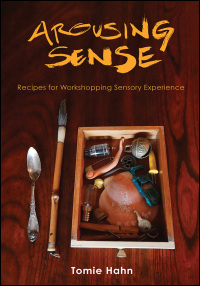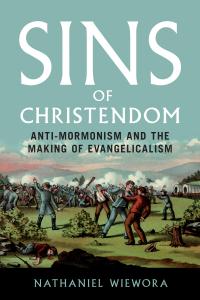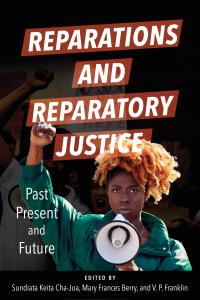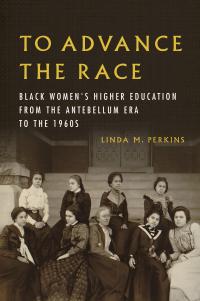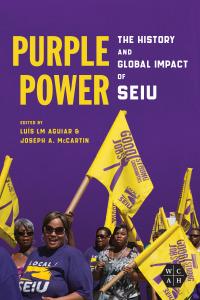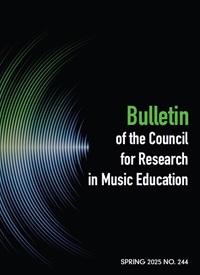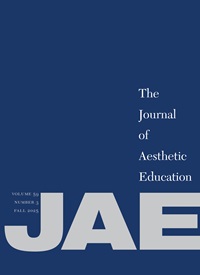
Family and Society in American History
About the Book
The internal dynamics of families have altered dramatically as the family has gradually shifted from a unit of economic production to a collection of individuals in pursuit of different goals. Taking examples from the eighteenth through the twentieth centuries, this eclectic reader illuminates changes in the American family and presents some of the methods and approaches used to study families.Linking family patterns with changing social circumstances, Family and Society in American History considers husband-wife and parent-child relationships in light of language usage, gender roles, legal structures, and other contexts. For example, new legal attitudes toward divorce emerged as marriage came to be seen as a site for individual satisfaction. Marital fertility declined as American society modernized and pregnancy and childbirth came to be seen as medical rather than family issues. Schools and other institutions of the state absorbed functions formerly performed by the family, and women's economic contributions to the family disappeared from view as the social values of the early republic divided the male (work) from the female (home) sphere. In the twentieth century, a new domestic role for men--Mr. Do-It-Yourself--developed in the wake of suburbanization.
In addition to identifying trends within the dominant culture, contributors consider the experiences of ethnic and immigrant families, reassessing generational conflict in Italian Harlem, comparing the attitudes of male and female Mexican migrant workers in Kansas, and showing how Chinese immigrant women targeted for rescue by Presbyterian mission workers took advantage of the gap between Chinese and American culture to increase their leverage in family and marital relationships.
A diverse compendium of family life, Family and Society in American History provides an intriguing commentary on the permeability of social structures and interpersonal behavior.
